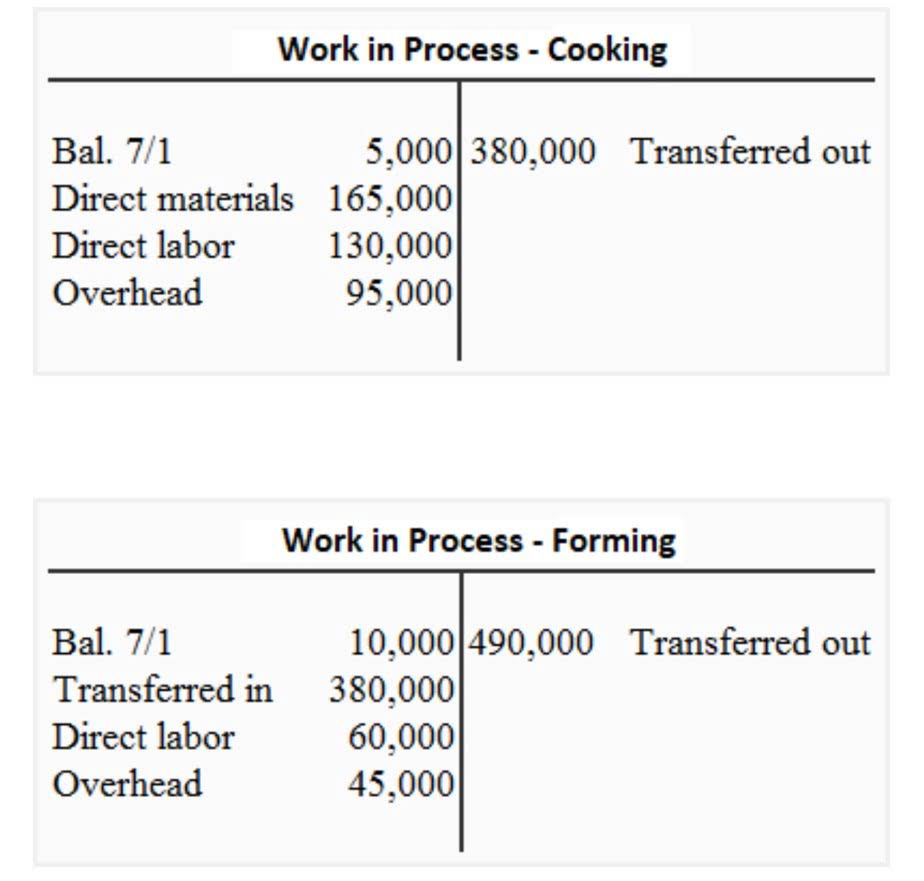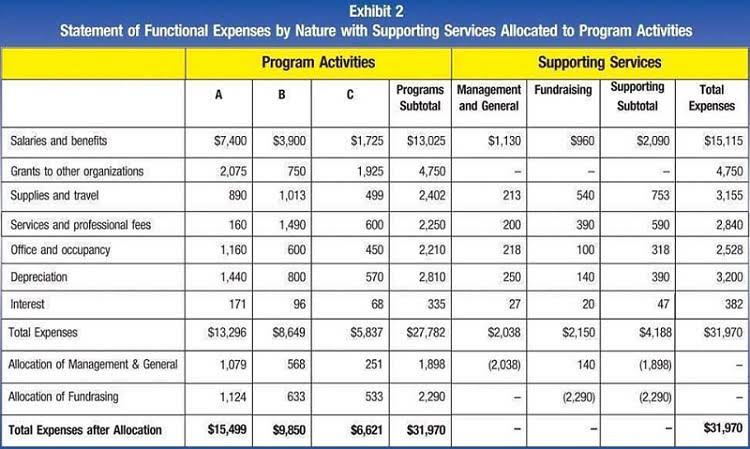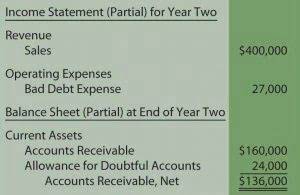Best Accounting Software For Churches: Top Picks & Reviews
Tabernacle is very helpful for our church in maintaining detailed records of our members, including their attendance and contributions. It has really helped us save time, and we no longer depend on bulky registers and multiple Excel files. While a solution that was developed specifically for the church is recommended, you may find success using solutions found in these related software categories. From collecting availability, creating schedules, sharing with volunteers, and setting reminders via text and email, this software will improve your church volunteer process and ensure no program or event is left short-handed. But without the right tools, tracking those contributions can quickly become overwhelming.
Church Chart of Accounts
- You must also pay $25 per month for every two users added above the included two-user limit.
- Designed for churches looking for a straightforward accounting solution, it helps ministries manage funds, donations, and expenses without requiring extensive accounting knowledge.
- ACS’s Church Accounting will help you streamline your cash flow and spending, monitor asset values, document insurance claims, and much more while effectively managing your outgoing billings and incoming payments.
This integration gives churches real-time spending oversight, helping them maximize resources for ministry while reducing church bookkeeping errors. For example, churches needing to track finances, manage donations and restricted funds and process payroll can buy accounting and human resource modules. Churches wanting to gain an understanding of and engage a large body of parishioners and donors can add a CRM.
Best for Customizable Reporting
If you’ve ever juggled separate tools to track donations, manage church finances, and prepare year-end reports, you’re not alone. Sage Intacct, with its cloud-based architecture, is particularly beneficial for large churches that need centralized financial management across multiple ministries or locations. Depending on the church’s unique needs, you will want to evaluate both the cloud and on-premise versions of church accounting software. Utilize deposit slips and check registers, generate 1099’s for independent contractors and preformatted balance sheets, treasurer’s reports, fund activity, accounts payable, and summary of cash activity. Covering fund accounting, recurring transactions, custom check printing, and automated budgeting, Church Windows can organize and streamline your finances so you can make intelligent financial decisions.
Will it consume less time?
PowerChurch Plus is more than just accounting software; it offers a full suite of church management tools. It includes everything from membership management to event planning, making it a great all-in-one solution for larger churches that need more than just financial management. Aplos is ideal for small to mid-sized churches that need a straightforward, user-friendly platform. With features such as fund accounting and donation tracking, Aplos takes care of the basic financial needs while also offering a variety of church management tools. Powerchurch is a Windows-based church payroll software that can integrate with other church management software such as event scheduling and volunteer management.
Financial reporting and compliance
Finally, churches that sell merchandise, such as books authored by pastors, can add a commerce-ready ERP. Plus, with many churches operating under tight budgets, cost can be a significant deciding factor when choosing accounting software. Zoho Books offers a balance between functionality and affordability, ensuring churches get the necessary tools without straining their finances. Additionally, the platform’s automated workflows and banking integrations can significantly reduce manual data entry and administrative overhead. Aplos offers everything you need for streamlined church accounting management with built-in donor management and fundraising tools, as well as online gifts and donations, project, campaign, and department reporting, pledge tracking, and much more.
We’re talking church accounting software reviews about a unified system that supports your ministry from every angle—giving, donor management, fund tracking, financial reporting, and more. Wave is a cloud-based accounting software that provides accounting software for churches as well as a range of financial management tools for small businesses and organizations. It allows churches to manage their finances and track their financial transactions in one place. A small congregation with a few hundred members may only require basic expense tracking, donation management, and accounts payable processing, while a large multi-campus church needs advanced fund accounting, payroll processing, and deep financial reporting. A small church with a limited budget may need a simple, low-cost accounting solution for tracking donations and expenses. In contrast, large churches or multi-campus ministries require advanced tools with fund accounting, payroll management, and automated reporting to handle complex finances.
Fund accounting capabilities
- A majority of church income comes from member contributions, so tracking member contributions is a needed function to give you insight into how much each member has given on a weekly, monthly, quarterly, or annual basis.
- Many church contribution software systems may offer free trials of their solutions, which can be easy ways to test out if a software is worth the investment.
- It is also a great option for churches pulling in and needing to manage extra funds earned via paid events such as weddings or funerals.
- Good donor management software helps you treat that person like more than a line item.
- ChMeetings is a comprehensive church management software that helps churches organize finances, track contributions, and manage operations all in one platform.
- Failing to maintain proper financial records can lead to audit risks, legal penalties, and loss of nonprofit status.
Chances are if you are a U.S.-based church, you’ve heard of QuickBooks Online. They are the leader in the cloud accounting space for small businesses and nonprofits. QuickBooks Online is a versatile and widely used accounting software that offers customizable financial management for churches. While it’s not specifically designed for church accounting, its fund tracking, automated bank syncing, and customizable reports make it a strong option for churches that need a reliable and scalable accounting tool.
If you do worry that tools like Quickbooks or accountants will leave a senior pastor confused, you can generate more visually pleasing and less accounting terminology-heavy graphs with assistance from the best budgeting apps like Intuit’s Mint. PowerChurch Software, for example, covers all the budgeting, invoicing, payment processing, account payable & receivable functions while allowing you to generate accurate reports and insightful graphs. ACS’s Church Accounting will help you streamline your cash flow and spending, monitor asset values, document insurance claims, and much more while effectively managing your outgoing billings and incoming payments. Handle the special needs of churches and pastors and apply housing allowances and insurance, so you can accommodate multiple cost centers, customize with the additions and deductions to pay.
As the name implies, this software is more limited in functionality compared to many church management solutions, as it’s focus is on scheduling. Ministry Scheduler Pro was developed for church organizations to better improve their schedules. The donor indicates that 100% of the donation must be used on their pipe organ restoration project that they’ve recently started. However, a sudden rainstorm causes some flooding in the church’s basement, and they need to pay a contractor to fix some water damage. Not only is it unethical to use the donated funds towards this new problem, but it will cause reporting issues when the church is trying to show in their accounting ledger where the money to pay this contractor came from. Software exists to help with almost every aspect of running a business, so it’s no surprise that there are an equal amount of tools available for nonprofits, and thus, faith-based organizations such as churches.





